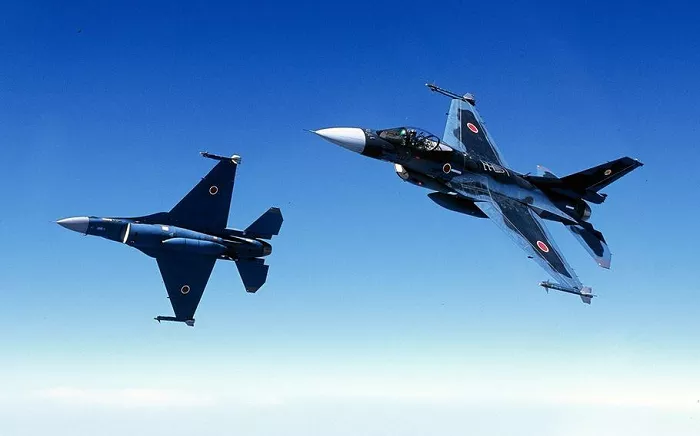China sent more drones near Japanese airspace last year than ever before, according to Japan’s Joint Staff. In fiscal 2024, Chinese drones made 23 passes near Japan’s airspace, a significant increase from the previous year’s eight.
Gen. Yoshihide Yoshida, chief of Japan’s Joint Staff, called the increase “extreme” during a news conference on Thursday. The number of drone challenges from China in fiscal 2024 matches the total of all previous years combined.
The drones typically enter Japan’s 230-mile-wide air defense identification zone but turn back before reaching the 14-mile-wide territorial airspace that begins at Japan’s coast.
Overall, Japan’s Air Self-Defense Force intercepted foreign military aircraft 704 times between April 2024 and March 2025, a 5% increase compared to the previous year. Most of these interceptions were of Chinese and Russian aircraft.
Chinese aircraft were responsible for 464 of these intercepts, while Russian planes prompted 237. In the previous fiscal year, China made 479 challenges, while Russia made 174.
Japan’s first encounter with a Chinese drone near its airspace occurred on Sept. 9, 2013. Yoshida noted that Japan is working on developing drones to respond to foreign drone challenges, although Japanese drones currently cannot scramble during airspace violations.
The number of airspace challenges near Japan has been rising over the past decade. Since 2013, Japan has scrambled its fighter jets an average of 877 times per year, with a peak of 1,168 scrambles in fiscal 2016. The 669 scrambles in fiscal 2023 were the lowest since 2012, when Japan intercepted foreign aircraft 567 times.
Notably, on Feb. 26, 2024, a Chinese GJ-2 drone was spotted near southern Japan, including Okinawa and Kyushu. Japan scrambled jets in response. On Aug. 26, 2024, a Chinese Y-9 surveillance aircraft violated Japanese airspace near the Danjo Islands, marking China’s first airspace violation.
In September 2024, a Russian IL-38 reconnaissance aircraft entered Japanese airspace three times, prompting Japan to scramble jets and use flares to warn the aircraft off. This was the first time Japan used flares in response to a Russian aircraft since its airspace violation measures began.


